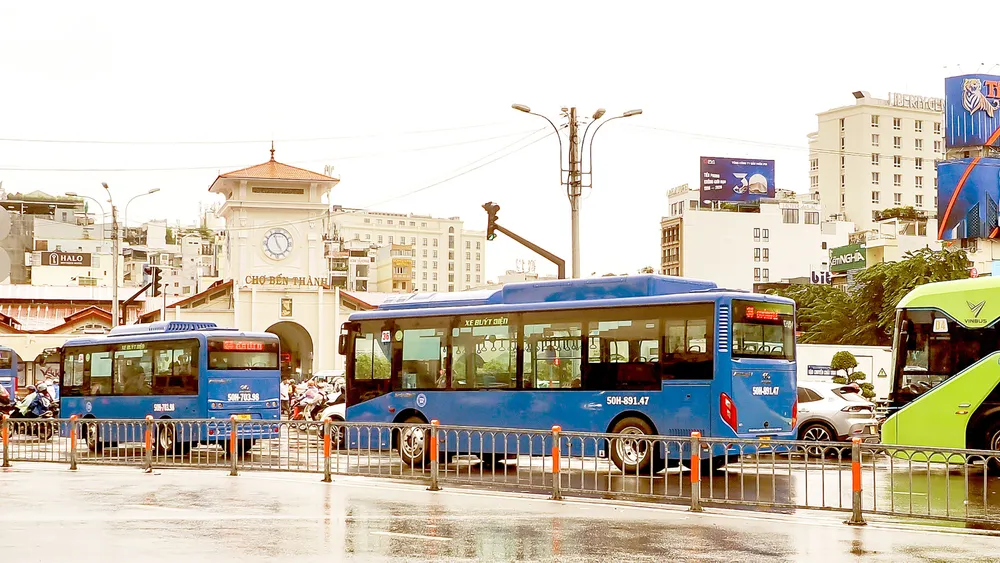
Towards 100% clean buses
Deputy Director of the Ho Chi Minh City Department of Construction Bui Hoa An said that the Ho Chi Minh City People's Committee has assigned the department to urgently complete the Project to control vehicle emissions in Ho Chi Minh City.
This project focuses on the following main tasks: Roadmap for converting means of transport from fossil fuels to electricity and green energy (buses, taxis, technology cars, passenger cars, trucks, personal vehicles, vehicles belonging to state agencies and enterprises, etc.); zoning for vehicle emission control; financial, technical and communication support policies. It is expected that the project will be submitted to the Ho Chi Minh City People's Council for consideration and approval in the fourth quarter of 2025.
The goal of the Project is that by 2030, Ho Chi Minh City will convert 100% of buses to electric buses and green energy, 20 years earlier than the Government 's roadmap.
This is part of the Project to enhance public passenger transport combined with control of personal motor vehicles and the Project to control vehicle emissions.
In parallel with the bus conversion, the city is accelerating the implementation of mass public transport such as metro and light rail (LRT) according to the Ho Chi Minh City Urban Railway Development Project to 2030, with a vision to 2045.
Along with that, the Ho Chi Minh City People's Committee assigned the Ho Chi Minh City Institute for Development Studies to develop a project to convert two-wheeled vehicles from gasoline to electric for technology and delivery vehicles. The goal of this project focuses on support policies for purchasing new electric motorbikes and a plan to handle vehicles after recall.
The Department of Construction of Ho Chi Minh City coordinated with the People's Committees of wards and related units to develop a project to develop a system of public charging stations to promote the transition to electric vehicles, towards the goal of zero net emissions by 2050. The Department issued Official Dispatch 1574/SXD-QLVT (May 30, 2025) guiding units to install charging stations; completed technical instructions for design, construction and operation of electric bus charging stations, expected to be submitted to the People's Committee of Ho Chi Minh City in September 2025.
The City Public Transport Management Center is developing a project to socialize the installation of charging stations at bus stations. Proposing policies to support loan interest rates for businesses investing in the construction of charging stations. Complete the project in the fourth quarter of 2025 and implement it.
Associate Professor, Dr. TRAN DINH THIEN, former Director of Vietnam Economic Institute, member of the Prime Minister's Policy Advisory Council:
Limiting gasoline vehicles is not only a traffic measure, but also a sustainable development strategy. When traffic is clean, the city will be more attractive for tourism , investment and even residents' lives.
Associate Professor, Dr. NGUYEN HUU NGUYEN, urban traffic expert:
Restricting gasoline vehicles is an irreversible trend. Many large cities such as Paris (France), London (UK), Amsterdam (Netherlands) have set a goal of completely banning gasoline vehicles within the next 5-10 years.
For Ho Chi Minh City, early implementation will help reduce air pollution, noise and medical costs caused by respiratory diseases. It is important to start step by step, prioritizing electric buses and taxis, then private cars.
Dr. VO KIM CUONG, former Deputy Chief Architect of Ho Chi Minh City:
Without a widespread network of charging stations and a stable power supply, it will be difficult for people to give up gasoline cars. Ho Chi Minh City needs to calculate synchronous charging stations at bus stations, shopping centers, residential areas and along national highways.
MSc. PHAM NGOC CONG, University of Technology - University of Danang:
To replace gasoline vehicles on a large scale, it is necessary to have policies to support the reduction of import tax on components, direct subsidies for buyers, preferential loans with low interest rates; exemption of VAT, registration fees, free parking; expansion of charging infrastructure, at least one public charging point in each ward, encouragement of charging installation in parking lots, apartment buildings, gas stations; exemption and reduction of registration fees, support for exchanging old gasoline vehicles for electric vehicles, preferential interest rates for loans to buy electric vehicles. 100% of new public vehicles and buses in the city from 2026 onwards must be electric or green energy vehicles.
Many preferential policies
According to the Project on controlling vehicle emissions in Ho Chi Minh City, the total support from now until 2030 is about 7,329.1 billion VND. The largest support is the cost of converting motorbikes and scooters using gasoline to using electricity (38.0%); followed by the registration fee support (28.7%).
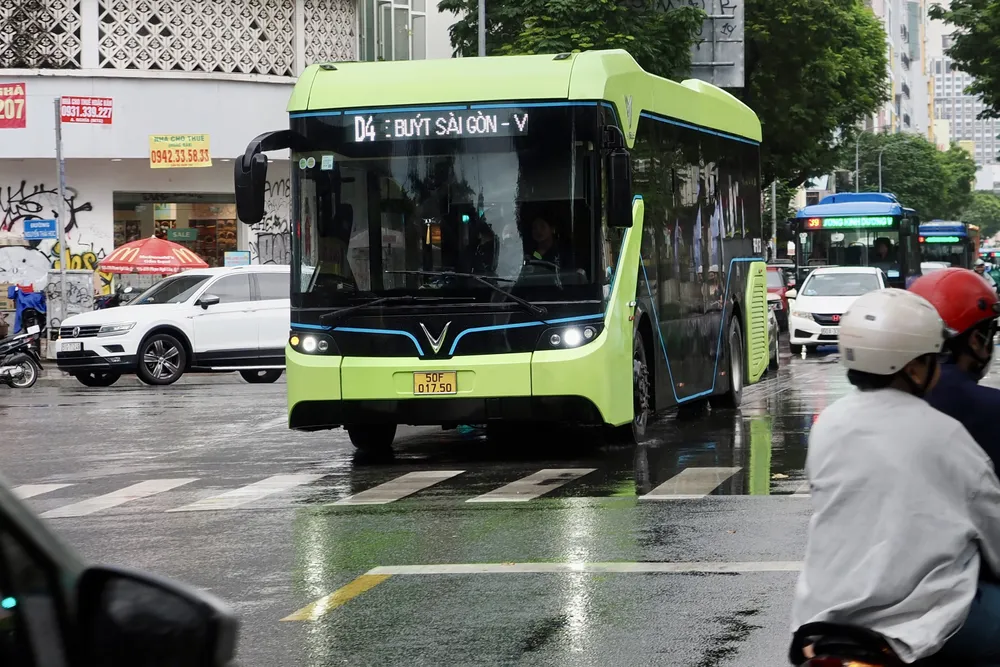
In addition, the cost of implementing the plan to convert buses to use green energy in the 2026-2030 period is 7,577 billion VND.
Of which, the city's budget for the conversion is expected to be 4,667 billion VND (not including 822.4 billion VND in interest support for vehicle investment and charging stations disbursed in the 2031-2036 period). Thus, the city is expected to spend about 16,495.7 billion VND in annual subsidy funds in the 2026-2030 period.
To achieve the above goals, Deputy Director of the Ho Chi Minh City Department of Construction Bui Hoa An said that in addition to the budget, Ho Chi Minh City calls on businesses to invest in charging station infrastructure, battery rental services, and public bicycles; mobilize long-term capital by issuing bonds to invest in green transport infrastructure projects; and use revenue from selling carbon credits to reinvest in green projects.
Apply the PPP model for the construction and operation of large-scale public charging stations.
In the Project to control vehicle emissions in Ho Chi Minh City, the department proposed to reduce 50% of registration fees and license plate issuance fees for electric motorbikes and electric cars; support fees for exchanging and purchasing electric motorbikes for poor and near-poor households; exempt parking fees for electric motorbikes; support the purchase of gasoline motorbikes according to the age of ordinary households when switching to electric motorbikes; maintain preferential loan interest rates when buying electric motorbikes at 4%/year for individuals and households buying electric motorbikes in installments.
According to the Project on controlling vehicle emissions in Ho Chi Minh City, the city currently has 2,342 buses, of which 613 are electric buses (26.2%), 542 are CNG buses (23.1%), a total of 49.3% of buses are environmentally friendly; by 2030, 90% of additional air pollutants from road traffic will be reduced, 10% of buses and taxis will be green vehicles, 15% -20% of electric motorbikes, 5% -10% of electric cars (excluding electric taxis), public passenger transport will cover 15% of travel demand; by 2050, 100% of road vehicles will use electricity or green energy, public passenger transport will cover 40% -60%, achieving the goal of net zero emissions.
Source: https://www.sggp.org.vn/uu-tien-phat-trien-giao-thong-cong-cong-xanh-post808607.html





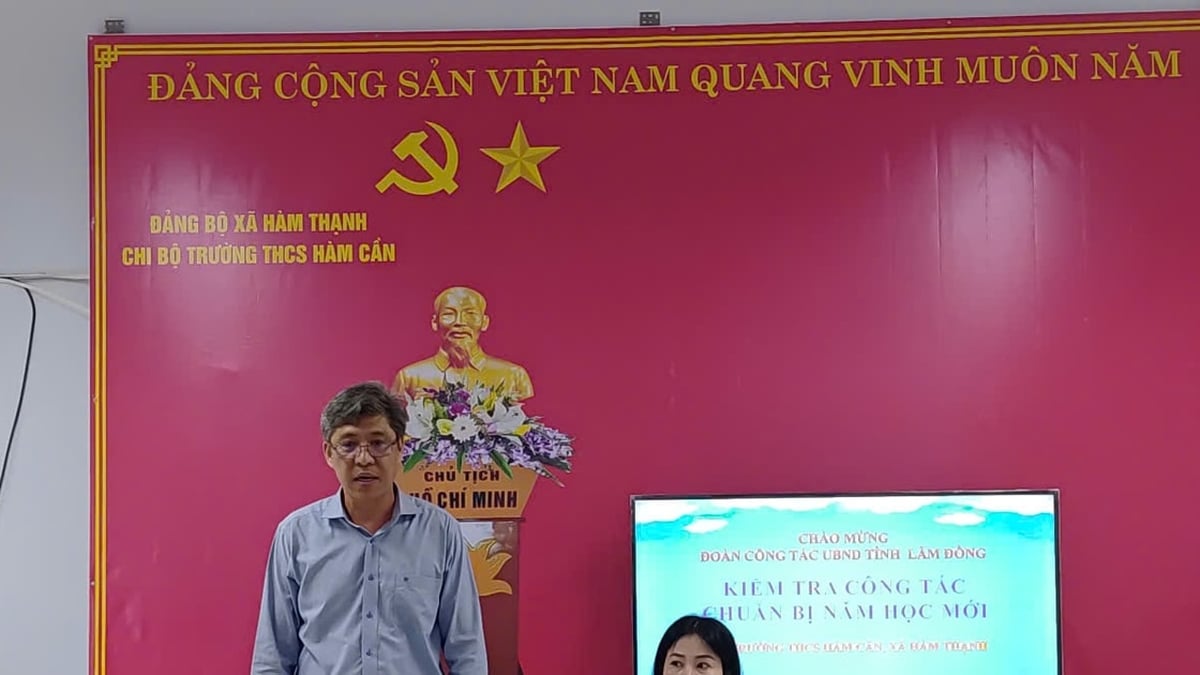
















![[Photo] Firmly marching under the military flag: Ready for the big festival](https://vphoto.vietnam.vn/thumb/1200x675/vietnam/resource/IMAGE/2025/8/15/86df2fb3199343e0b16b178d53f841ec)


![[Photo] Prime Minister Pham Minh Chinh talks on the phone with Cambodian Prime Minister Hun Manet](https://vphoto.vietnam.vn/thumb/1200x675/vietnam/resource/IMAGE/2025/8/15/72d3838db8154bafabdadc0a5165677f)
![[Photo] Prime Minister Pham Minh Chinh attends a special art program called "Hanoi - From the historic autumn of 1945"](https://vphoto.vietnam.vn/thumb/1200x675/vietnam/resource/IMAGE/2025/8/15/c1c42655275c40d1be461fee0fd132f3)

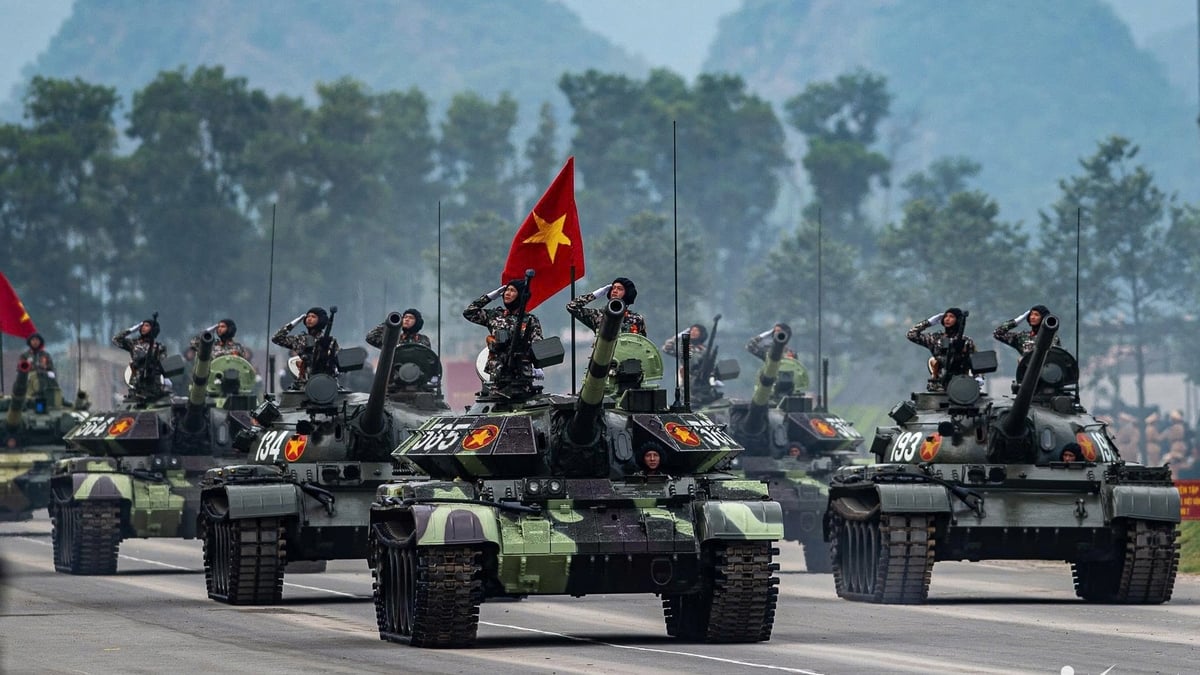
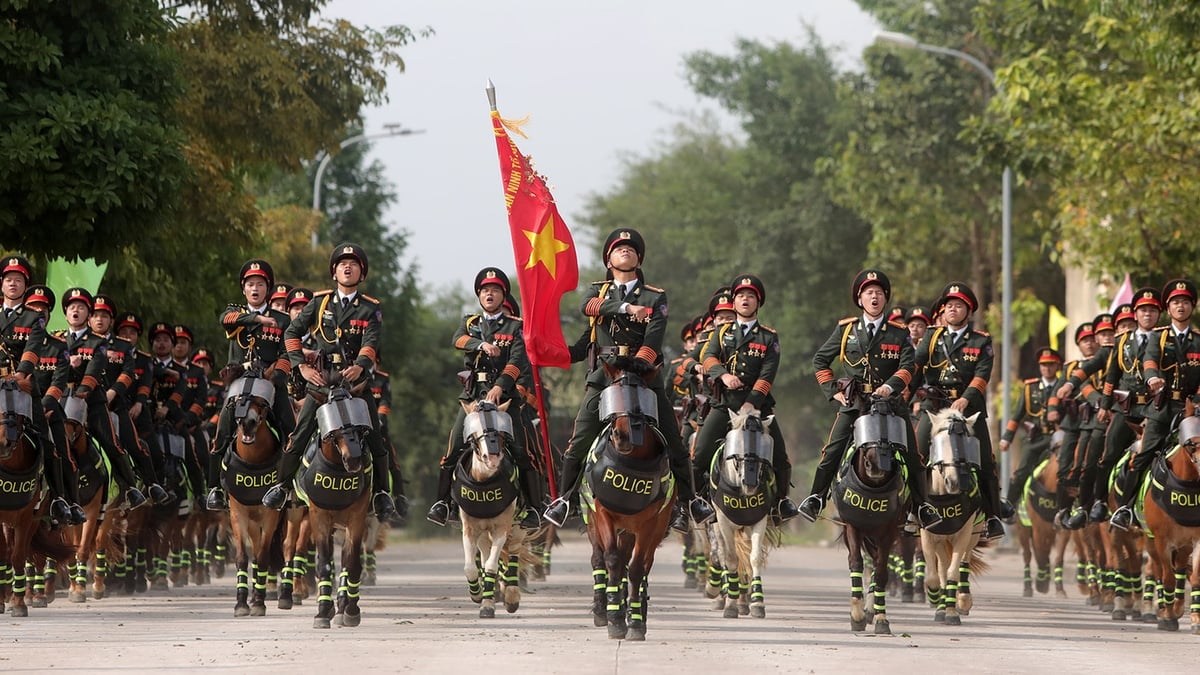
![[Photo] Binh Khanh Bridge Ho Chi Minh City is ready to reach the finish line](https://vphoto.vietnam.vn/thumb/1200x675/vietnam/resource/IMAGE/2025/8/14/b0dcfb8ba9374bd9bc29f26e6814cee2)
![[Photo] The special solidarity relationship between Vietnam and Cuba](https://vphoto.vietnam.vn/thumb/1200x675/vietnam/resource/IMAGE/2025/8/15/5f06c789ab1647c384ccb78b222ad18e)







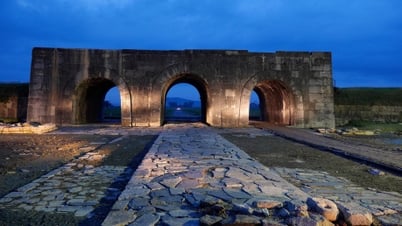



















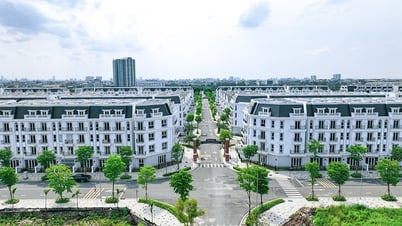


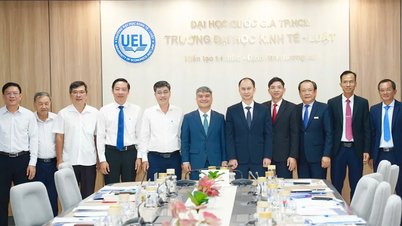






![[Photo] President Luong Cuong receives Finnish Ambassador to Vietnam Keijo Norvanto](https://vphoto.vietnam.vn/thumb/402x226/vietnam/resource/IMAGE/2025/8/15/9787f940853c45d39e9d26b6d6827710)



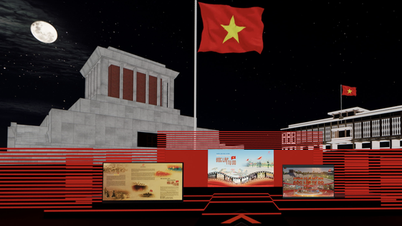
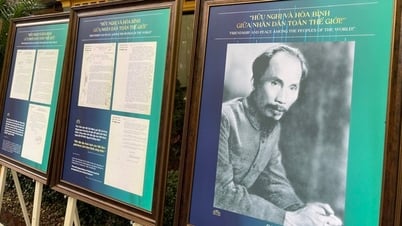

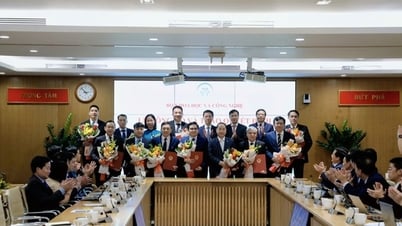






















Comment (0)